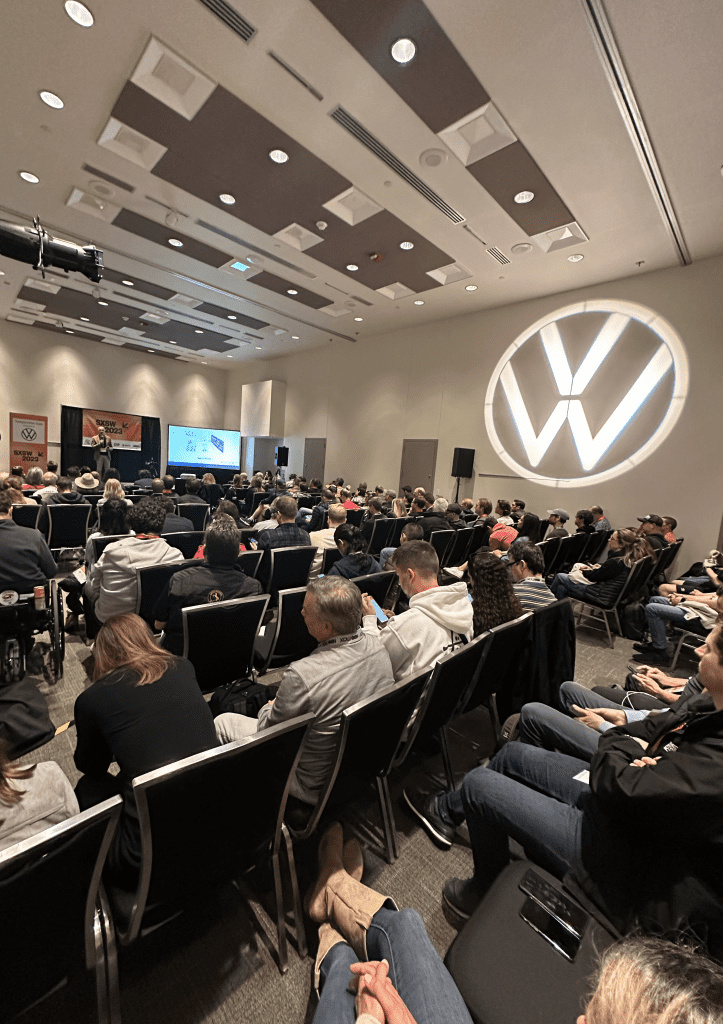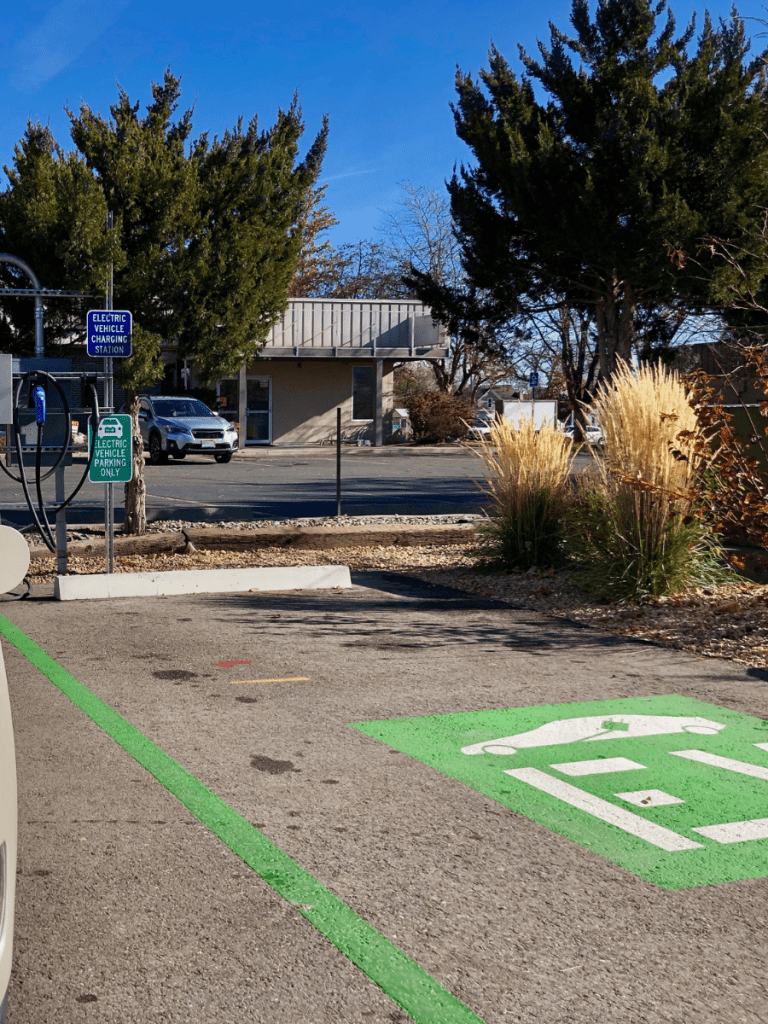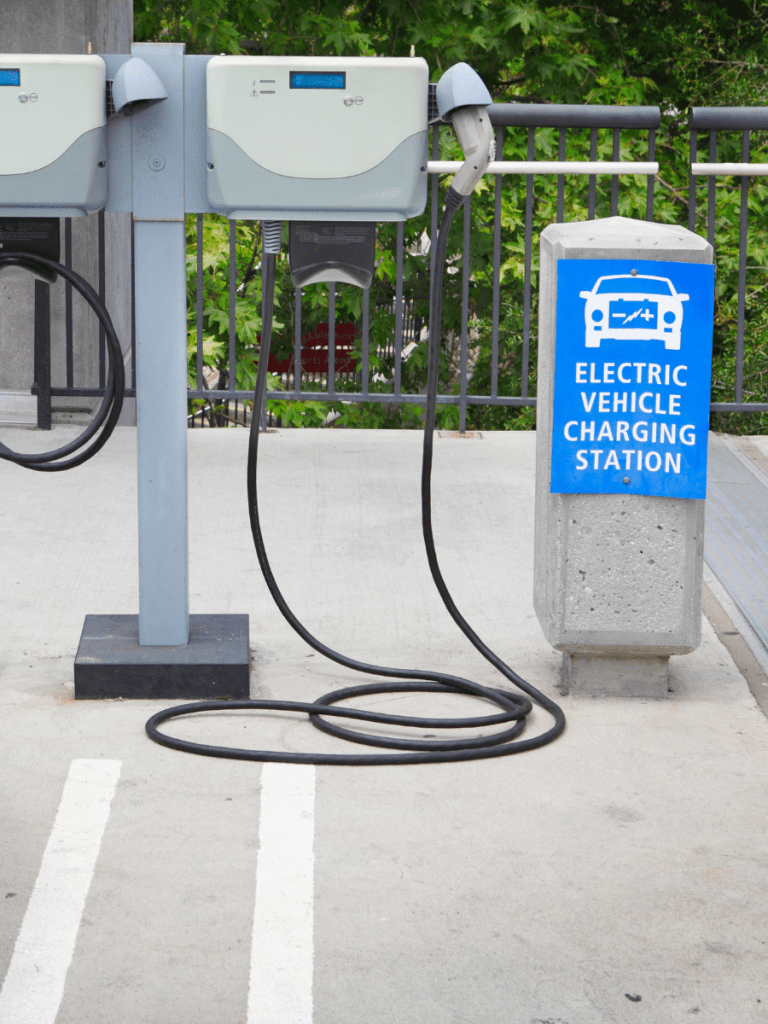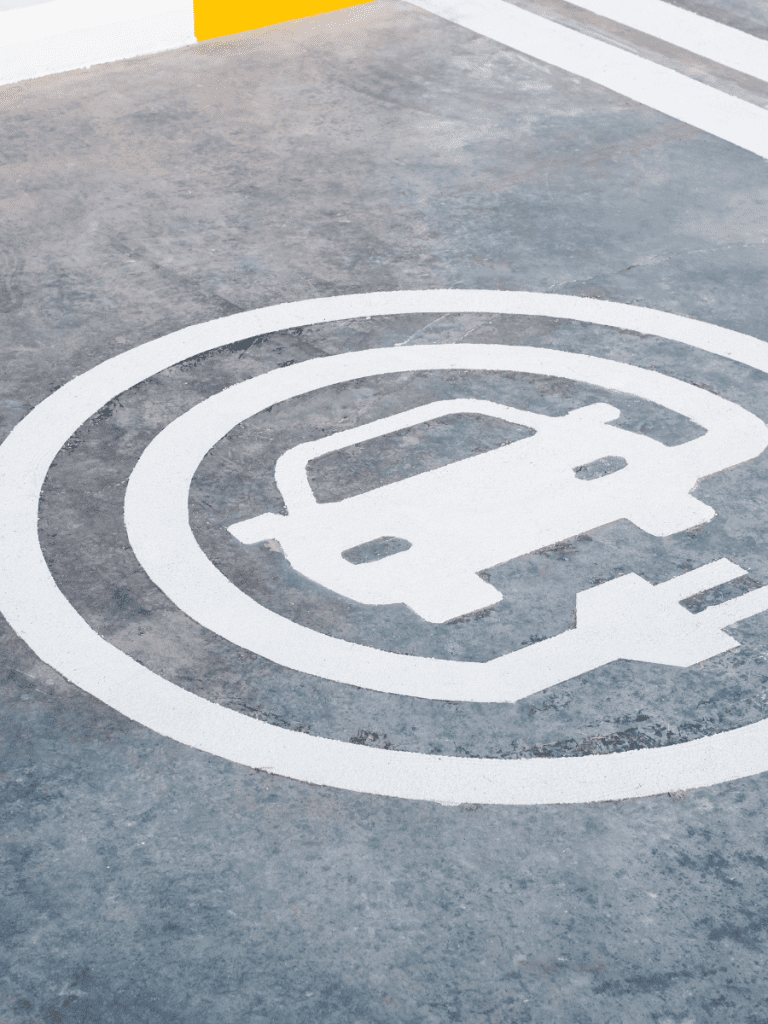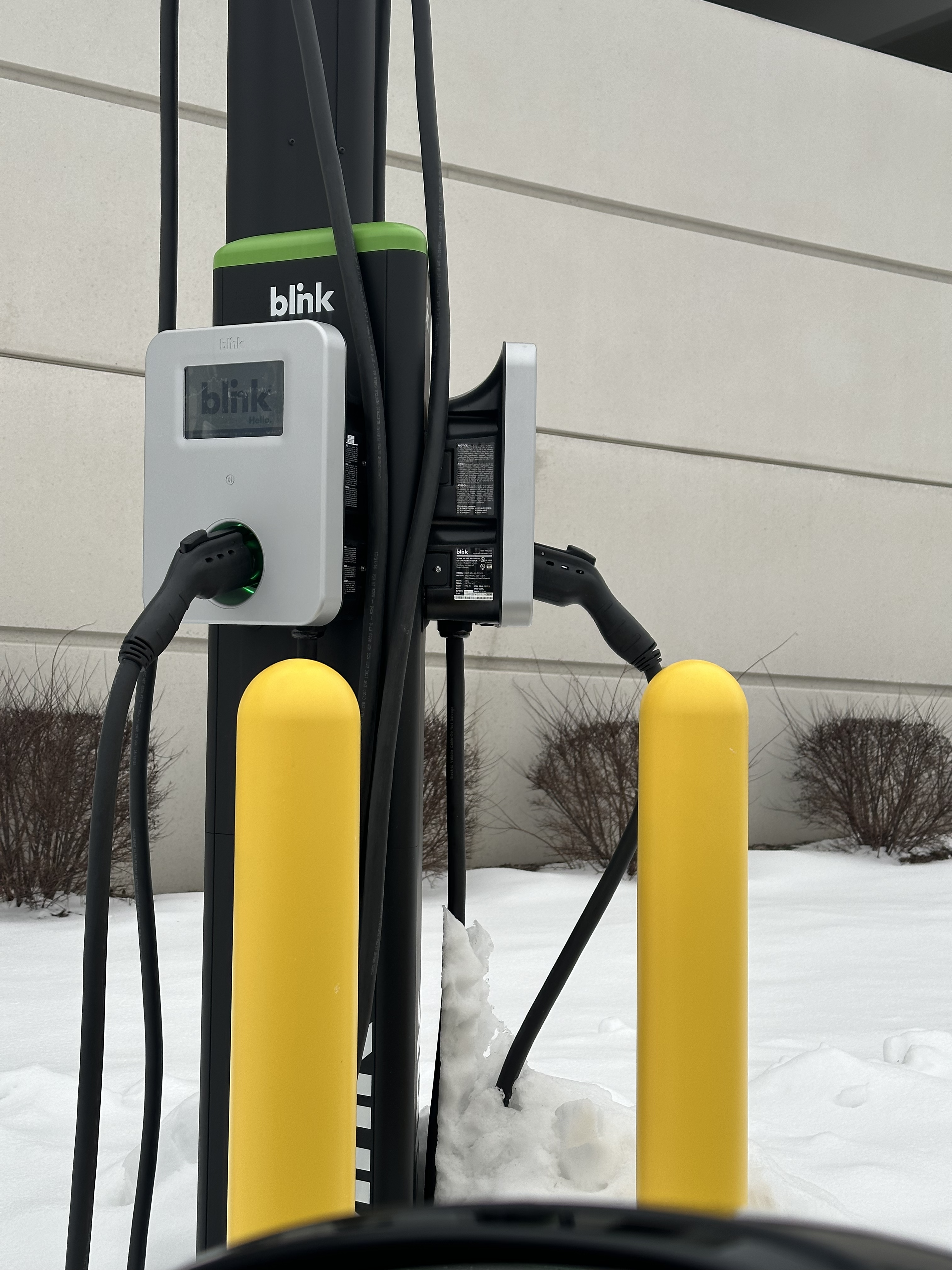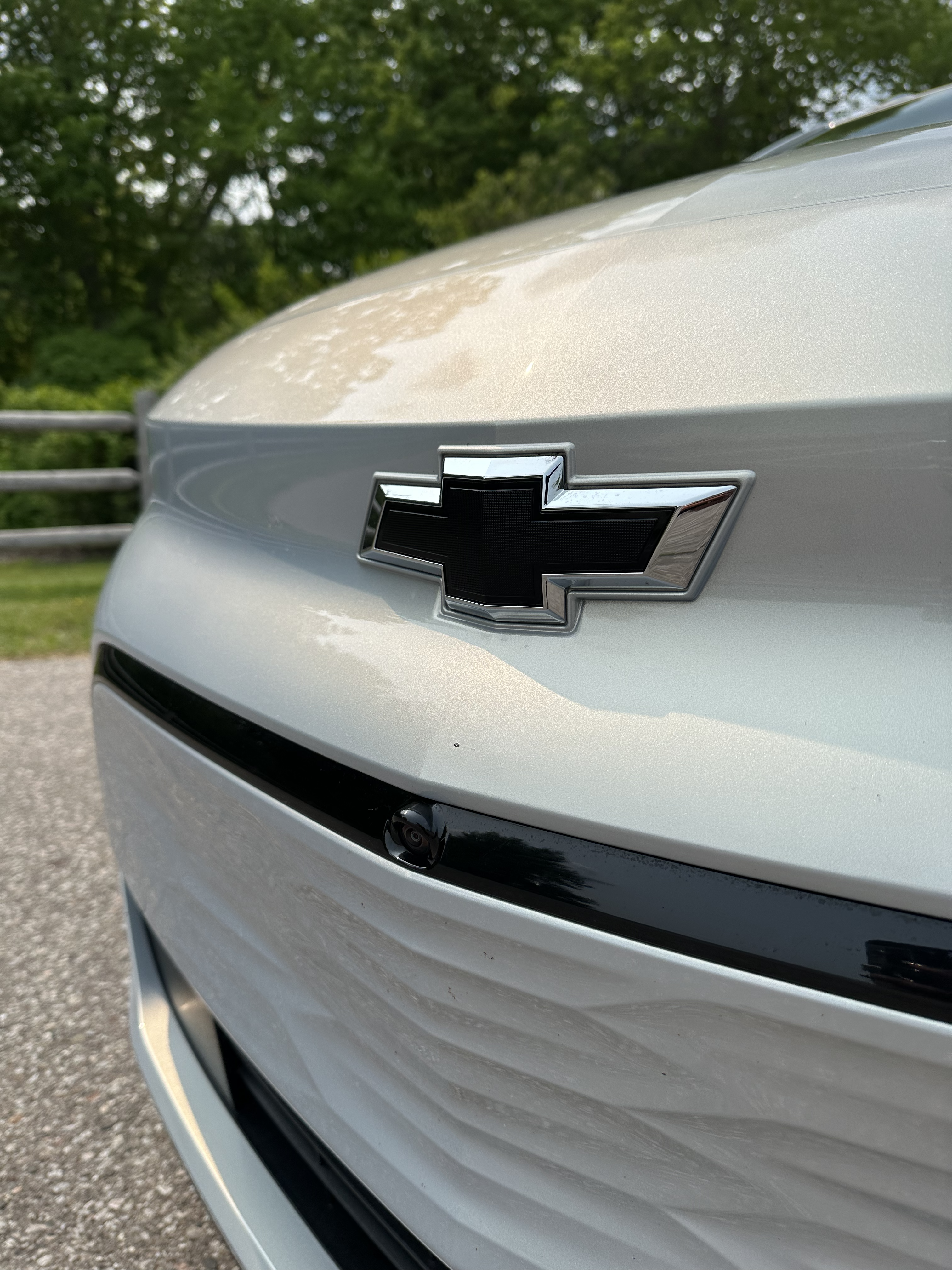So let’s talk autonomous cars! During a recent visit to the interactive tech, film and music festival – SXSW in Austin, Texas, I had the chance to catch the highly anticipated panel discussion on autonomous vehicles sponsored by VW. The panel titled, “How Autonomous Vehicles Will Change Urban Spaces” promised to discuss the impact of autonomous driving on our future and our cities, including the pace at which autonomous vehicles are adopted, and used and how they change our transportation habits and infrastructure.
Hosted by Anousheh Anasari (XPRIZE), Stephan Balzer (red onion GmbH), and Steffen P. Walz (CARIAD SE), I was particularly excited about this discussion, based on my interest in the conversation of electrification and equity surrounding “urban” or communities of color.
The recent announcement by Detroit Mayor Mike Duggan, during his State of the City address earlier this month shared that Detroit will have a street that will wirelessly charge electric cars, and America’s first autonomous vehicle lane that will extend from Michigan Avenue in Detroit to Ann Arbor. Detroit isn’t the only city that gets it. But as a born and raised Detroiter, I wanted to take a further look at how autonomous vehicles have the potential to significantly change urban spaces in several ways. Here are a few possibilities:
How Will Autonomous Vehicles Change Urban Spaces?
1. Reduced need for parking: Autonomous vehicles could potentially eliminate the need for dedicated parking spaces, as they can drop off passengers and continue on their way without needing to park. This could free up space currently used for parking lots and garages, which could be repurposed for other uses. If you are planning to renovate your garage to accommodate your electric or autonomous vehicle, you may need to seek Top-Notch Garage Door Services by Chino Bros to install or repair your garage door.
2. Changes in road infrastructure: Autonomous vehicles could change the way roads are designed and built. For example, they could potentially reduce the need for traffic lights and stop signs, as the vehicles could communicate with each other to coordinate their movements. This could lead to more efficient use of road space and fewer accidents. Currently self driving vehicles operate in the same roads as those driven by people, and accidents have been known to occur. As a result, certain adjustments to car accident law have taken place as precedents have been established over time. In the end, the vehicle at fault must be the one held liable, as would be the case in any other vehicle on vehicle collision. Those involved in these type of collisions should seek the assistance of a personal injury lawyer or car accident attorney.
3. Increased use of shared mobility: Autonomous vehicles could make shared mobility services more convenient and cost-effective, which could encourage more people to use them. This could reduce the number of cars on the road, which could in turn reduce congestion and improve air quality.
4. Changes in land use patterns: As the need for parking decreases and shared mobility becomes more prevalent, there could be changes in land use patterns. For example, parking lots could be converted into green space or mixed-use developments, and there could be less demand for retail and commercial space in areas with high levels of shared mobility.
Autonomous Thoughts
Overall, the impact of autonomous vehicles on urban spaces will depend on a variety of factors, including the speed of adoption, the policies put in place to manage the transition, ACCESSIBILITY, and the choices made by individuals and businesses. In a city like Detroit with the majority of residents still facing inflation and connectivity challenges, only time will tell the impact of autonomous vehicles in communities.
What are your thoughts on autonomous cars? Are “Roboter Taxis” not your thing? Does the thought of self-driving vehicles have you shook? Let’s continue the dialogue and stay tuned for more #EVCulture content and conversations soon.
